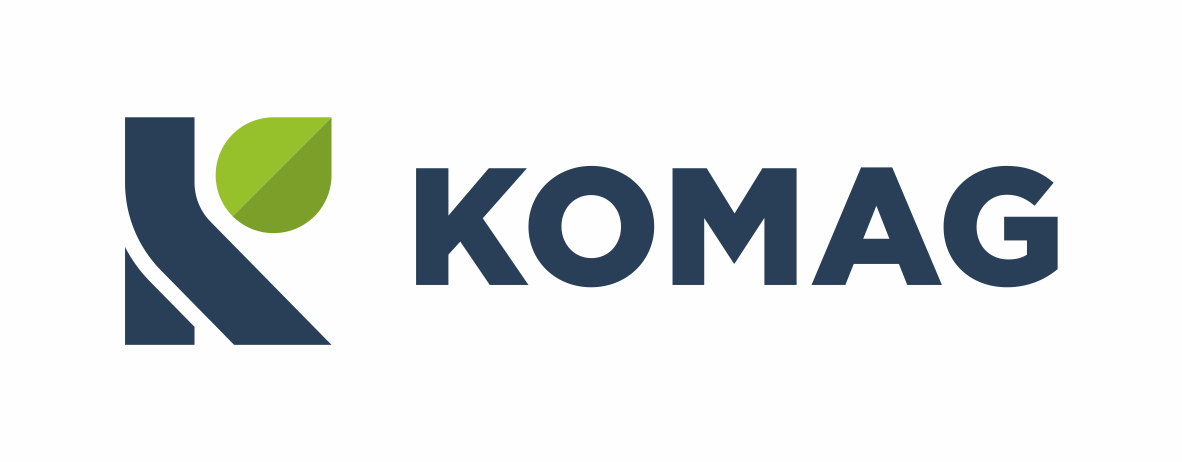A life cycle of mining machines includes, among others, such processes as:
- an installation of a machine in the working or its relocation to another working (e.g. equipping or disassembly of longwall faces),
- planned exchange of assemblies or components,
- damage repairs,
- maintenance services,
- a removal of a machine.
These processes are performed in the conditions which differ significantly from those at producers’ site. The factors impeding a realization of these processes include: confined working space, inclined and slippery floor, insufficient lighting, lack of lifting and hoisting equipment, used in the in-house transport. Besides, during assembly and disassembly activities it is indispensable to operate components of large overall dimensions and of big weights in confined working space. These activities require awkward body postures of operators and their significant physical effort.
The first assembly of a machine at the producer’s site does not reveal all the difficulties, which can be experienced at work underground such as a limited access to some areas, an insufficient field of vision, lack of possibility to get appropriate forces due to a limitation of range of limbs motion and impeded use of tools.
Limitations and impediments in a realization of maintenance and repair processes can be identified with virtual prototyping methods at the design stage of machines. To achieve this objective a virtual work environment, consisting of computer models of material objects (machines and equipment) and of models of human anthropometric features should be created. Computer simulations of activities, performed during surveys and repairs are created and assessed in the environment, which is shown in the photos below.
Activities performed:




